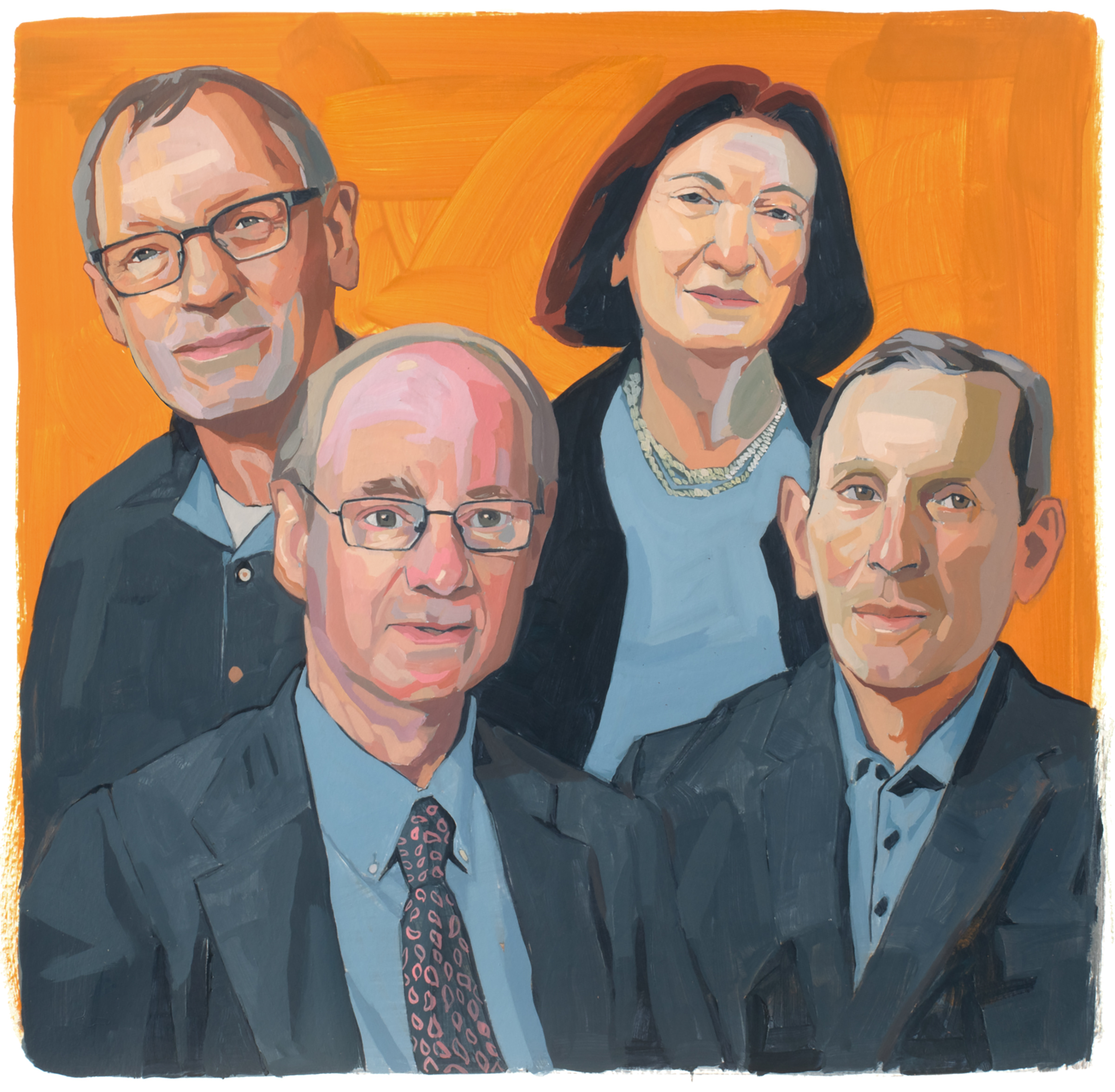Your biology teacher may have told you that female mammals produce eggs, males make sperm, and the two combine to create an embryo. Katsuhiko Hayashi, a genome scientist at Osaka University, turned that tenet on its head last year when he reprogrammed a male mouse’s cells to develop into eggs. Those eggs were then fertilized with sperm and led to healthy baby mice. “Sometimes I feel a little guilty,” Hayashi says about his feat of cellular engineering. “Because what I did was break the general rule of sexual reproduction.”
Hayashi took advantage of a scientific breakthrough by fellow countryman and Nobel laureate Shinya Yamanaka, who discovered a way to erase the developmental history of any adult cell—animal or human—and then reprogram it to become another type of cell. Using this process to study how embryos develop in mice, he noticed that as the mouse cells continued to divide, their sex chromosomes were particularly unstable and prone to mistakes when cells copied them. When he started with male mouse cells with one X and one Y chromosome, some daughter cells dropped the Y chromosome, and some of those cells copied the X chromosome twice, resulting in female cells. “We anticipated this kind of thing might happen during cell division, but at such low frequency,” says Hayashi. “I was surprised that it happened more frequently than we thought.” Using fluorescent markers attached to the X chromosome, he then isolated these X-X converted cells and cultured them to develop into an egg.
After he fertilized them with sperm, those eggs produced a new generation of offspring. Granted, the process isn’t that efficient—only seven mice were born from more than 600 embryos—but it’s a critical first step in rewriting the rules of reproduction. Hayashi says he is already receiving calls from male couples eager to have children biologically related to both partners, but he says applying this technique to human cells is still at least a decade away. Not only are more studies needed to ensure the safety and reliability of the process, but the ethical and social questions the process raises will need addressing too.
Human reproduction won’t be the only possible application for the discovery. Hayashi is working with researchers to potentially use it to save the endangered northern white rhino, since only two—both female—remain in the world. Scientists have banked cells (but not sperm) from male rhinos that could be used to generate eggs and eventually provide a way to produce new generations of animals. “Science is always going to advance,” he says, “but whether such technology is used or not should be decided by society.”
More Must-Reads from TIME
- Why Biden Dropped Out
- Ukraine’s Plan to Survive Trump
- The Rise of a New Kind of Parenting Guru
- The Chaos and Commotion of the RNC in Photos
- Why We All Have a Stake in Twisters’ Success
- 8 Eating Habits That Actually Improve Your Sleep
- Welcome to the Noah Lyles Olympics
- Get Our Paris Olympics Newsletter in Your Inbox
Contact us at letters@time.com





